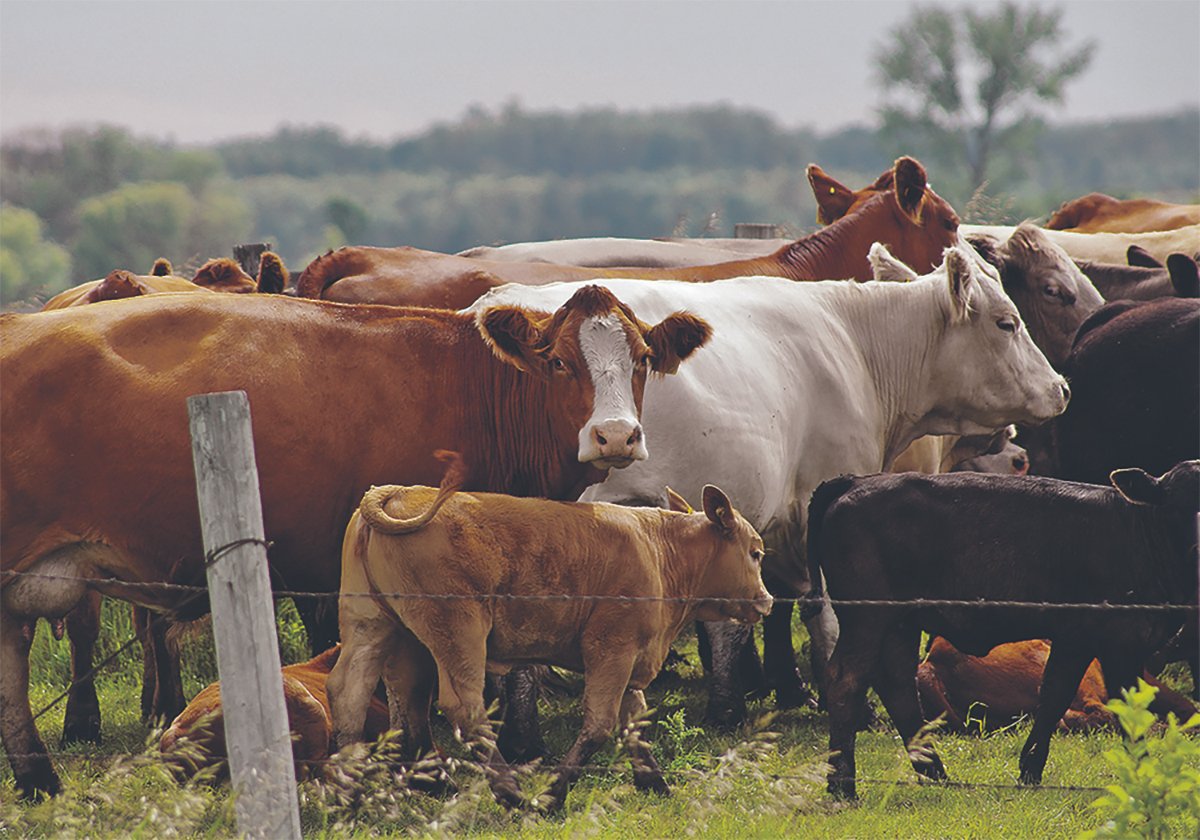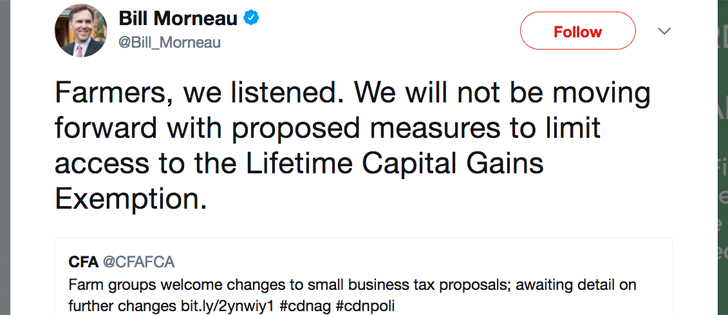Predicting the future is fraught with all sorts of pitfalls, so it’s human nature to assume the future will resemble the most recent past. That can lead to dangerous assumptions.
There are young farmers who don’t recall a time when the price of canola was less than $10 a bushel. Those who have been around longer remember when $10 would have been amazing.
Grain prices have been historically strong for the past five or six years. Are we in a new era where grain will never be dirt cheap again? That would be nice to believe, but look at feed barley values this fall. In some parts of the Prairies, the price has dipped to $3 a bu. or less.
Read Also

High prices see cow-calf producers rushing to incorporate
Farm accountants are reporting a steady stream of cow-calf producers rushing to get their operations incorporated ahead of selling their calves this fall.
Feed wheat that was worth almost as much as good quality wheat a year ago now carries a price scarcely above $4 a bu. At that price, you need a high yield to turn a profit.
Over the past ten years, excess moisture has replaced drought as the biggest threat to production over much of the Prairies. Is that a permanent change?
The decades of the 1930s, 1960s and 1980s are noted for their drought years. The 1950s, 1970s and recent past are noted for well above normal rainfall. Expect to see another dry cycle at some point.
The last couple years have seen open falls with the first killing frosts much later than normal: ideal for the expanding soybean acreage on the Prairies. Is it reasonable to think that a longer growing season is the new norm?
Grain yields have been rising and we typically credit better farming practices, including superior seeding equipment and higher fertilizer rates combined with better crop genetics. It would appear we’ve already met some of the ambitious production targets set by the Canola Council of Canada and the Saskatchewan agriculture ministry.
But not every year will see new yield records. Mother Nature still bats last.
Analysts have been warning of higher interest rates for years, and that’s a prediction that must come true eventually. While we know rates can’t stay rock bottom forever, it will still be a big adjustment when they ratchet higher.
If borrowing costs doubled, what would it do to your bottom line? Farmers who are highly leveraged should run those numbers. While a doubling may sound like crazy talk, that would still be cheap compared to prevailing rates in the 1980s.
The Liberals were long considered the natural governing part of Canada. As they fell into disarray, the Harper Conservatives have become fixtures in Ottawa.
The political winds will eventually change, perhaps sooner than many think. A recent political cartoon aptly captured the political landscape. Prime minister Stephen Harper is mired in a mud-slinging fight with senators Mike Duffy and Pamela Wallin, while Justin Trudeau sits smugly watching with no mud stains on his bright white suit.
The NDP has never been elected federally, but they are the official opposition. After a dismal showing in the last election, the Liberals under Trudeau are leading in opinion polls. A lot can happen in the two years until the next election, but the stench of the Senate scandal is going to linger for a long time.
Outside of our borders, there will also be events that have a huge impact on agriculture. Will the economic growth and demand for imported food continue unabated in developing nations such as China and India?
What we see isn’t necessarily what we’re going to get.

















